"Partridge spot" is a pattern inspired by the common bird called "partridge" in the northern Fujian area. The bird is similar to quail but slightly larger, with black feathers and many oval-shaped white spots distributed all over its body. Jianzhan craftsmen were inspired by this and created a black glaze with white dots similar to the bird's feathers. Partridge spot Jianzhan can be further divided into "regular spot partridge," "oil spot partridge," and "iridescent change partridge."
"Partridge spot" is one of the more precious glaze patterns in the classic glaze of Jianzhan.
In the early Song Dynasty, "Qing Yi Lu" stated:
"In the production of Jianzhan in the central Fujian area, the pattern of partridge spots is used, and it is highly valued by tea testers."
The firing difficulty of partridge spot is relatively high, and the yield of finished products is also low.
This can be seen from the excavation of ancient kiln sites.
There are relatively few pieces of porcelain from the Partridge Feather cups.
Partridge Feather cups with regular spots: the spots are round or oval in shape, with a silver-white, pure white, or eggshell white color. The round spots are larger and sparsely distributed in a scattered manner. The white spots on the glaze of the Partridge Feather cup with regular spots are extremely similar in appearance and size to the black and white spots on the breast feathers of the partridge. Su Shi, a Song Dynasty poet, wrote the following verse: "Thin sticks, grinding ink splatters, golden thread partridge feather spots."
Partridge Feather cups with oil-drop spots: the size of the spots inside the cup varies, with colors ranging from silver-gray, gray-brown, to yellow-brown. The distribution of spots can be either dense or scattered, resembling boiling oil drops or sparkling oil droplets on the surface of water.
Oil-drop is a precious treasure among the black glazed tea wares of the Jian kiln. Its formation is also very complex, so there are not many of them in existence. The formation of oil-drops is due to the high-temperature enrichment of iron oxide on the glaze surface, followed by the crystallization of hematite and magnetite upon cooling.
Some oil-drop cups have a glaze surface with small and dense spots, resembling stars in the night sky when viewed against the background of the bottom glaze. These cups are named Star Jian cups.
Partridge Feather cups with iridescent spots: the round spots are sparsely scattered, and some are clustered together to form the shape of an insect, emitting rainbow-like light. These cups are named after their special iridescent color changes.
Iridescent spots are widely spread on the inner wall of the bowl, with irregular shapes and no regular arrangement. A weak bluish-purple light can be seen on the outer wall, which shines from the thin film-like black glaze layer on the surface of the ware and moves with the viewing angle. This is known as the "mysterious light." Iridescent spots and bluish-purple light are the basic characteristics of iridescence, which is a rare and special variant.
Is it true that Partridge Feather cups are also called Oil-drop cups?
There are very few authentic Partridge Feather cups. Nowadays, most imitators have not seen the genuine article or carefully studied Japanese collections. In the process of imitation, they often take the northern "oil-drop" glaze as a specimen and mistakenly call "Partridge Feather spots" "oil-drops."
In fact, there is a difference between "oil-drop" glaze and "Partridge Feather spots." The crystalline spots on the "oil-drop" glaze are mostly circular in shape, and a different colored center can be seen in the center of the circular spot upon closer observation. On the other hand, the crystalline spots on the "Partridge Feather spots" are irregular in shape, and there is no visible center. There are also fish-scale or filamentous patterns inside the crystalline spots. Additionally, the glaze of the "Partridge Feather spots" has obvious glaze shedding at the mouth of the cup and a drooping glaze phenomenon at the lower part, while the "oil-drop" glaze does not have these phenomena, with a non-shedding mouth and non-drooping bottom.
The difference between Partridge Feather cups and Oil-drop cups.
Partridge Feather cups.
The glaze of "Partridge Feather spots" resembles the color of the breast feathers of a partridge, with a black base covered in regularly round white spots like pearls.
The term "Partridge Feather spots" frequently appears in literary works from the Song Dynasty, such as in Tao Gu's "Qingyi Lu," which records: "In the kilns of Fujian, cups with patterns of Partridge Feather spots were made and treasured by tea connoisseurs." The monk Huihong also wrote in his poem: "To fully appreciate the three flavors of tea, one must sip the dew of spring from the Partridge Feather cups." Chen Jian Shu also praised in his poem: "The Partridge Feather cups reign supreme among the tea wares, as precious as rabbit hair and as pure as snow."
It can be seen that the Jian kilns of the Song Dynasty not only produced Partridge Feather cups but also gained full recognition from literati and scholars.
▲ Partridge Feather cups from the Song Dynasty.
Oil-drop cups.
"Oil-drop" cups are named after the small round spots on the glaze surface that are densely covered with a silver-gray metallic luster, resembling oil drops. They are the second most expensive variety after iridescent cups.
The spots on the Oil-drop cups are mostly round in shape, with varying sizes. The larger ones have a diameter of about three to four millimeters, while the largest ones can reach up to one centimeter. The smaller spots can be as tiny as a needlepoint, resembling scattered boiling oil drops, which can be dazzling to the eyes.
▲ Dripping cups.
▲Oil-drop cups.


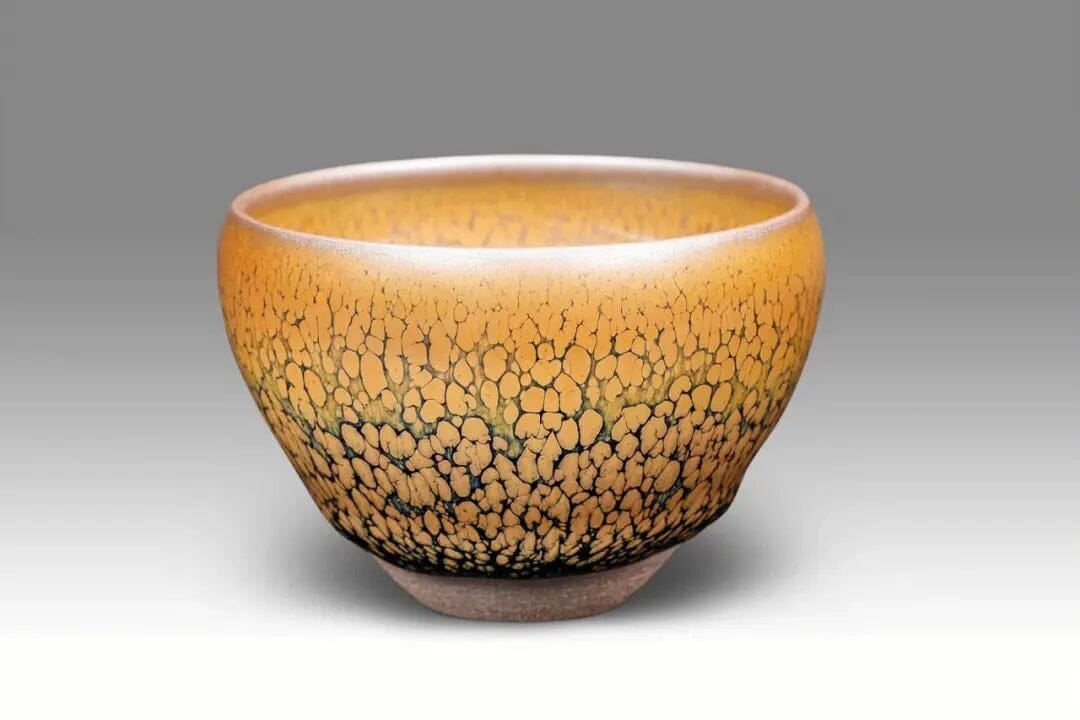
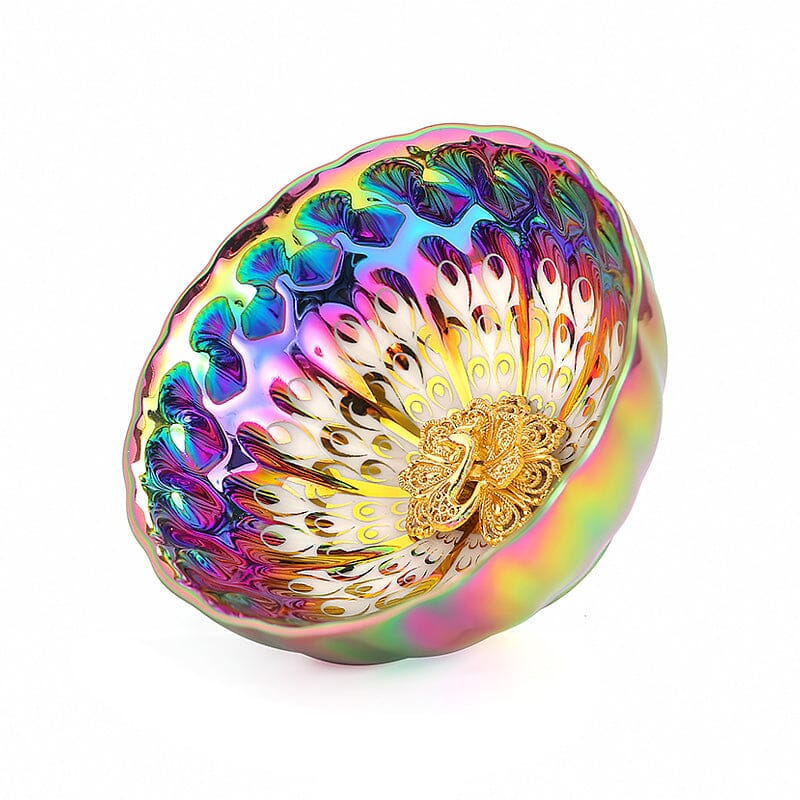
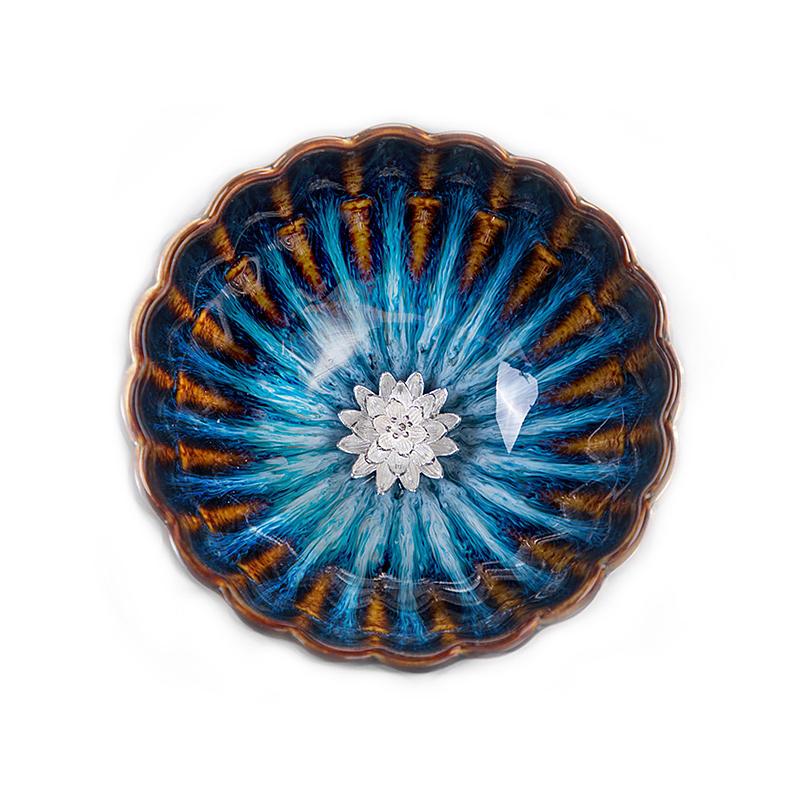
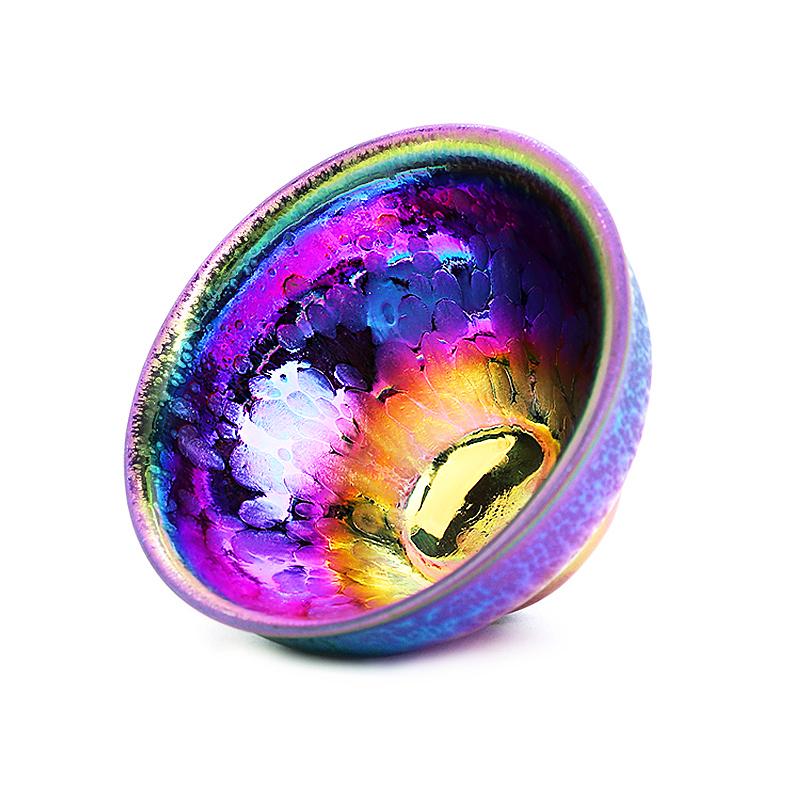
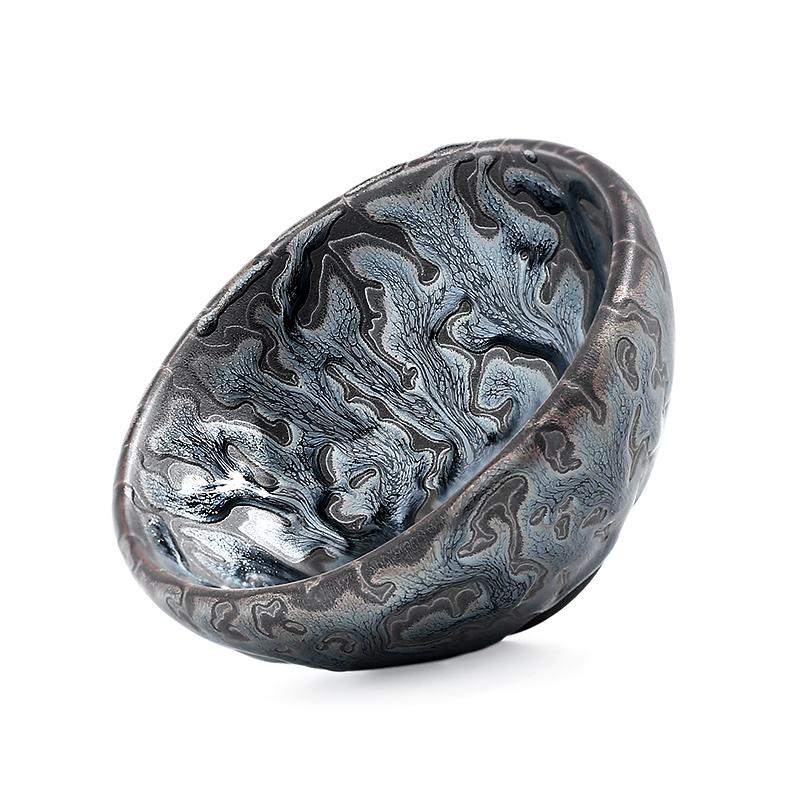
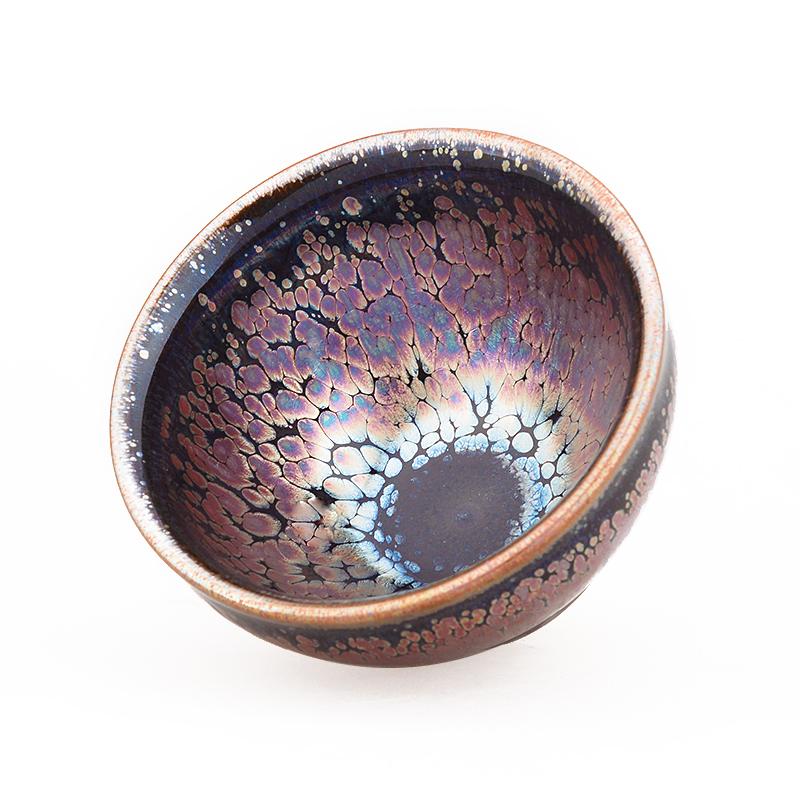
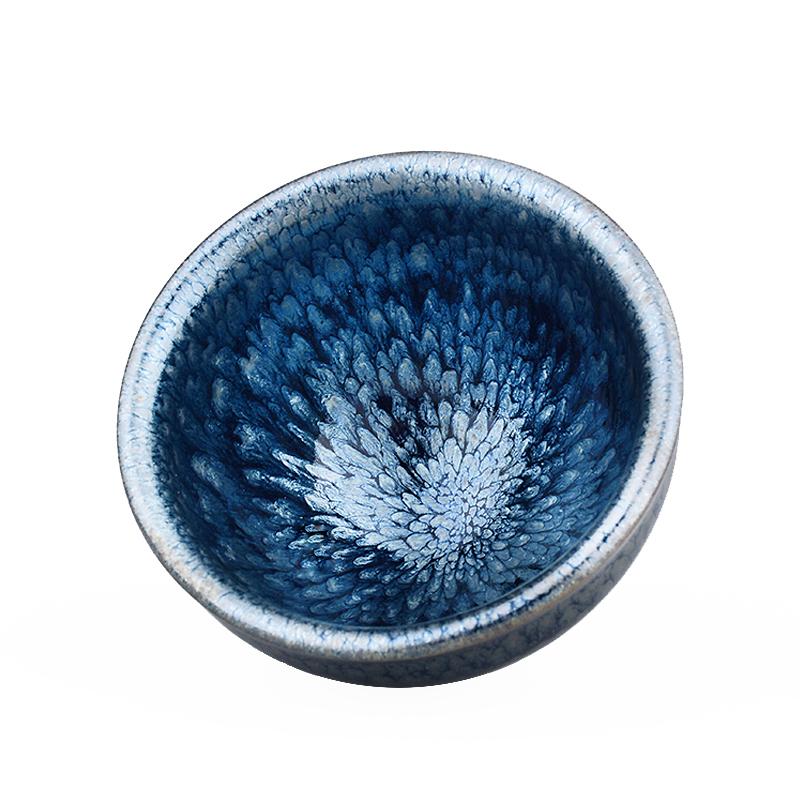
Share:
What is the value of the bottom mark on Tenmoku?
I didn't expect that Tenmoku kiln also fired these interesting things!